Unveiling the Silent Language: Understanding Feline Body Language
by Ruby Gin on Jan 09, 2024

Cats, with their enigmatic personalities and expressive eyes, communicate through a silent language that relies on body postures, facial expressions, and subtle gestures. As cat parents, deciphering this feline body language is essential for building a strong bond and responding to our furry friends' needs. In this blog post, we'll delve into the intricate world of feline body language to help cat parents better understand and connect with their cats.
1. Tail Position:
- Upright Tail: A confident and content cat often has an upright tail. This is a sign of a positive and relaxed mood.
- Puffed Tail: A puffed-up tail signals fear, agitation, or arousal. Cats use this as a defensive display to appear larger.
2. Ears:
- Forward Ears: Forward-facing ears indicate curiosity and engagement. Your cat is likely interested in their surroundings.
- Flattened Ears: Flattened ears suggest fear, aggression, or discomfort. Cats may flatten their ears against their head when feeling threatened.
3. Eyes:
- Slow Blinking: Slow blinking is a sign of trust and affection. Cats may give slow blinks to convey comfort and acknowledgment.
- Dilated Pupils: Dilated pupils can indicate excitement, fear, or aggression. In low light, pupils may naturally dilate to enhance vision.
4. Whiskers:
- Relaxed Whiskers: Relaxed whiskers indicate a calm and content cat.
- Forward Whiskers: Forward-facing whiskers signal curiosity and excitement.
- Backward Whiskers: Whiskers pulled back suggest fear or aggression.
5. Body Posture:
- Relaxed Posture: A relaxed body posture indicates contentment. Cats may lie on their side or back, showing trust and comfort.
- Arched Back: An arched back with fur standing on end is a defensive posture, often seen in response to a perceived threat.
- Low Crouch: A low crouch signals fear or submission, with cats adopting this posture to appear smaller and less threatening.
6. Kneading:
- Kneading with Paws: Kneading is a comforting behavior associated with contentment. It harks back to kittenhood when kittens knead their mother's belly for milk.
7. Tail Flicking:
- Quick Tail Flicks: Quick tail flicks can indicate irritation or annoyance. Rapid tail movements may signal a desire to be left alone.
8. Purring:
- Content Purring: Purring is often associated with contentment, but cats may also purr when in pain or distress. Consider the context and accompanying body language.
9. Hissing or Growling:
- Defensive Vocalizations: Hissing or growling are defensive vocalizations expressing fear or aggression. Observe accompanying body postures for a comprehensive understanding.
10. Hiding:
- Hiding Behavior: Cats may hide when stressed, scared, or unwell. Respect their need for space and investigate potential stressors in their environment.
In the silent language of feline communication, each tail flick, slow blink, or ear movement tells a story. By taking the time to observe and understand these cues, cat parents can forge a deeper connection with their feline companions. It's a silent dialogue that transcends words, creating a harmonious and fulfilling relationship between humans and their mysterious, yet wonderfully expressive, cats.
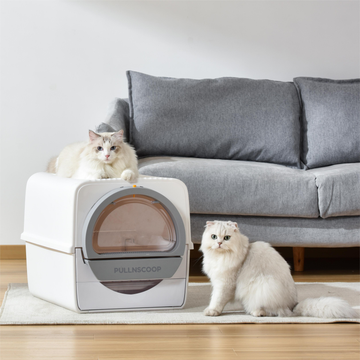
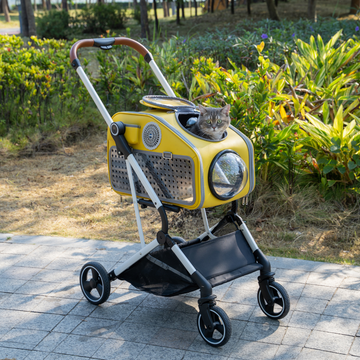
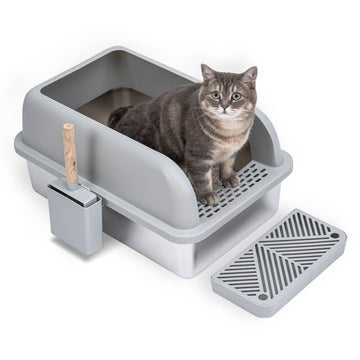
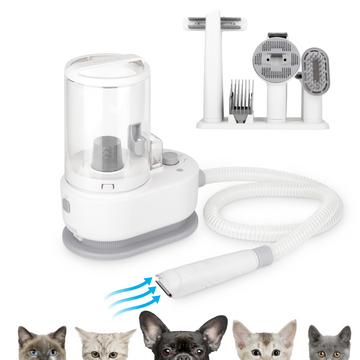
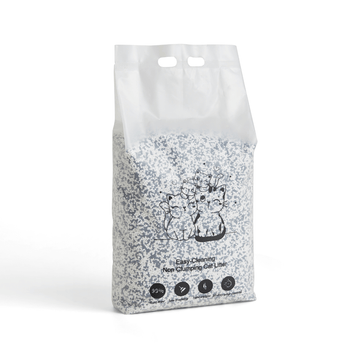
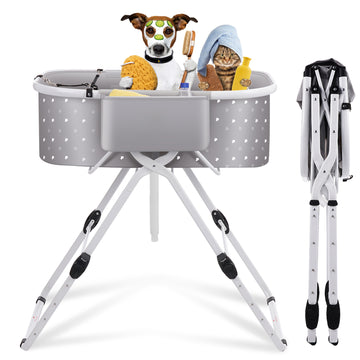
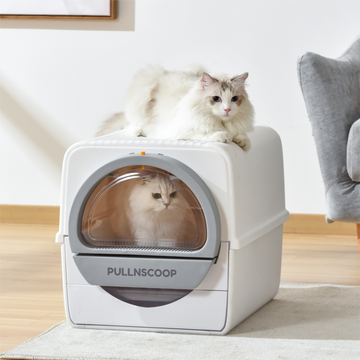
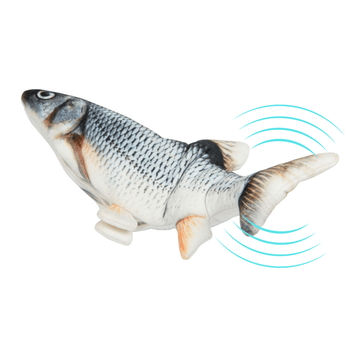
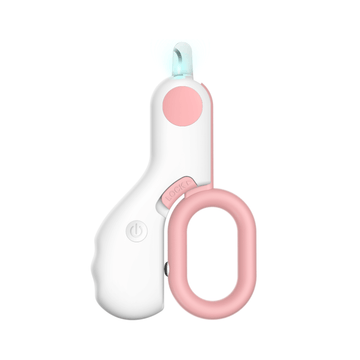

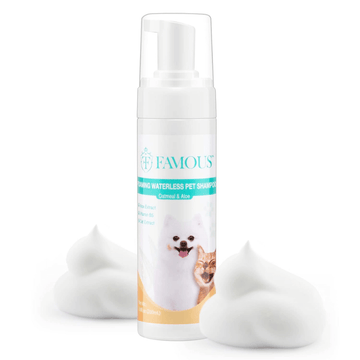
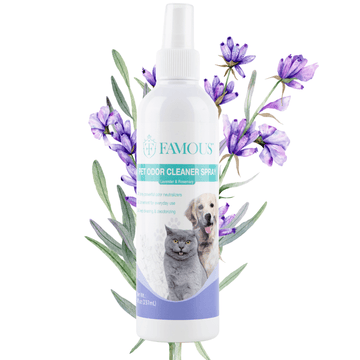
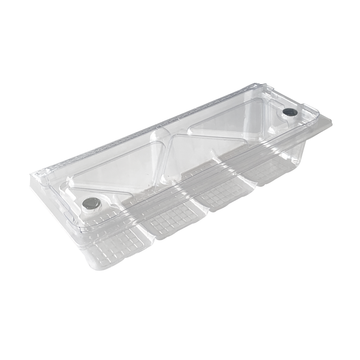
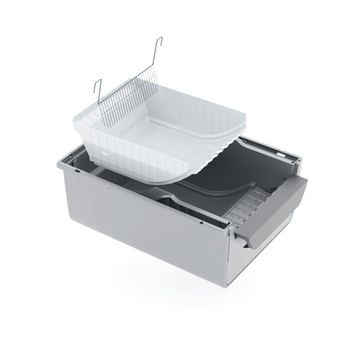
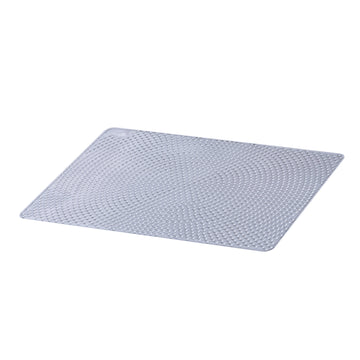
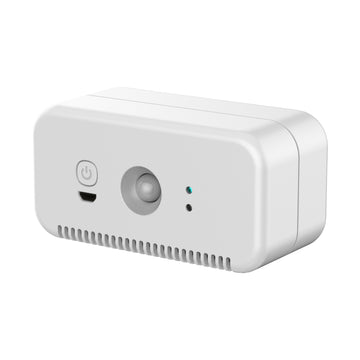
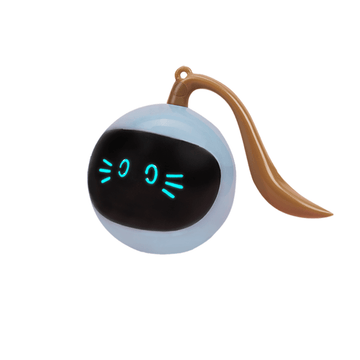
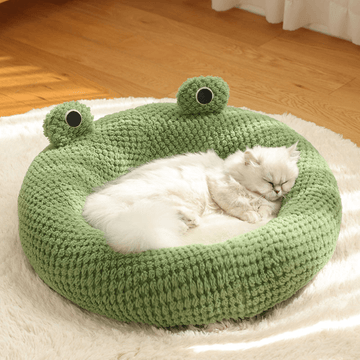

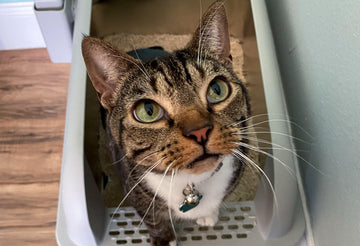
How to Choose the Perfect Stainless Steel Litter Box
Stainless Steel vs Plastic: Choosing the Right Litter Box
Stainless Steel Litter Boxes: Worth the Investment?
Longevity and Durability of Stainless Steel Litter Boxes